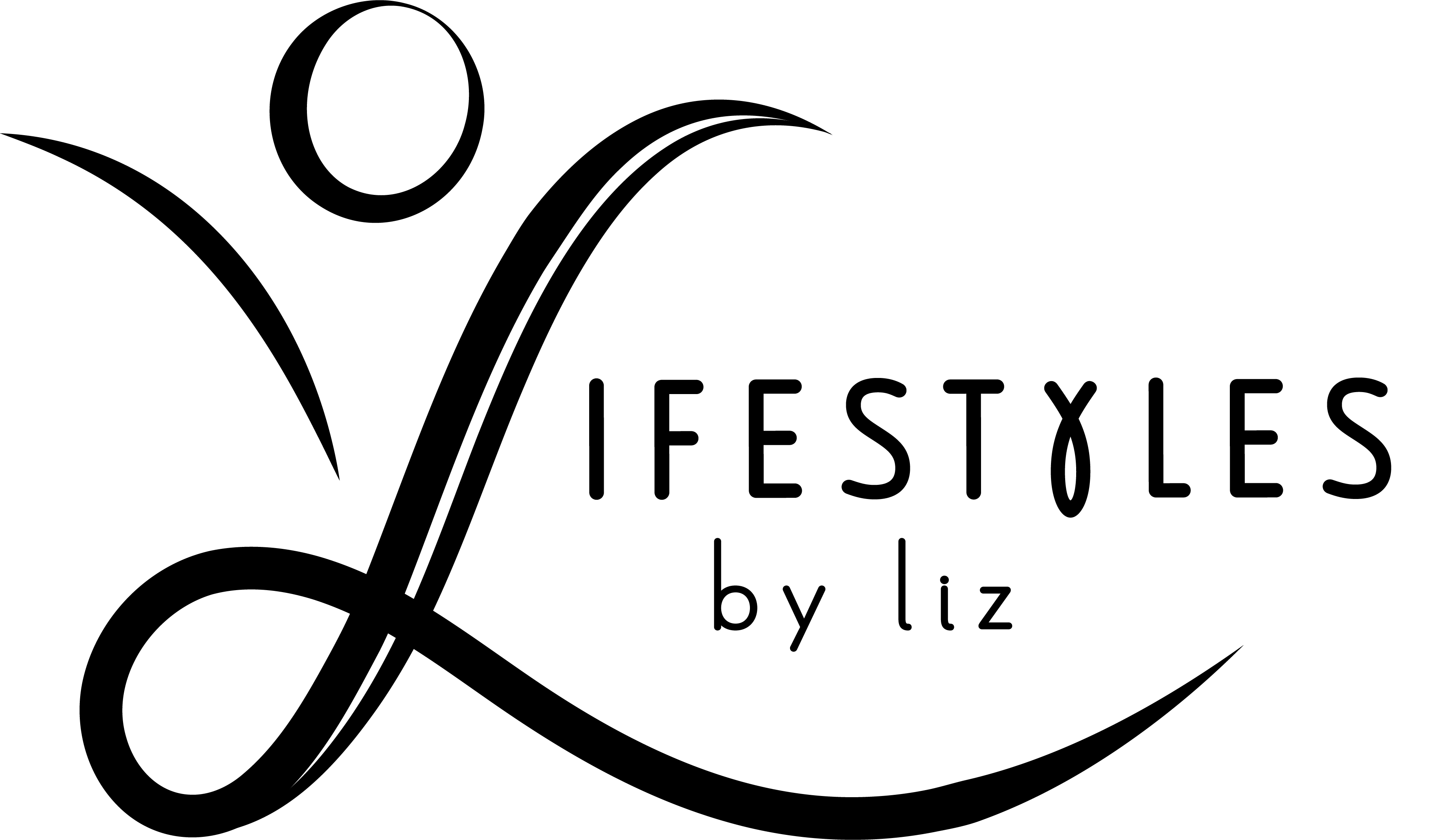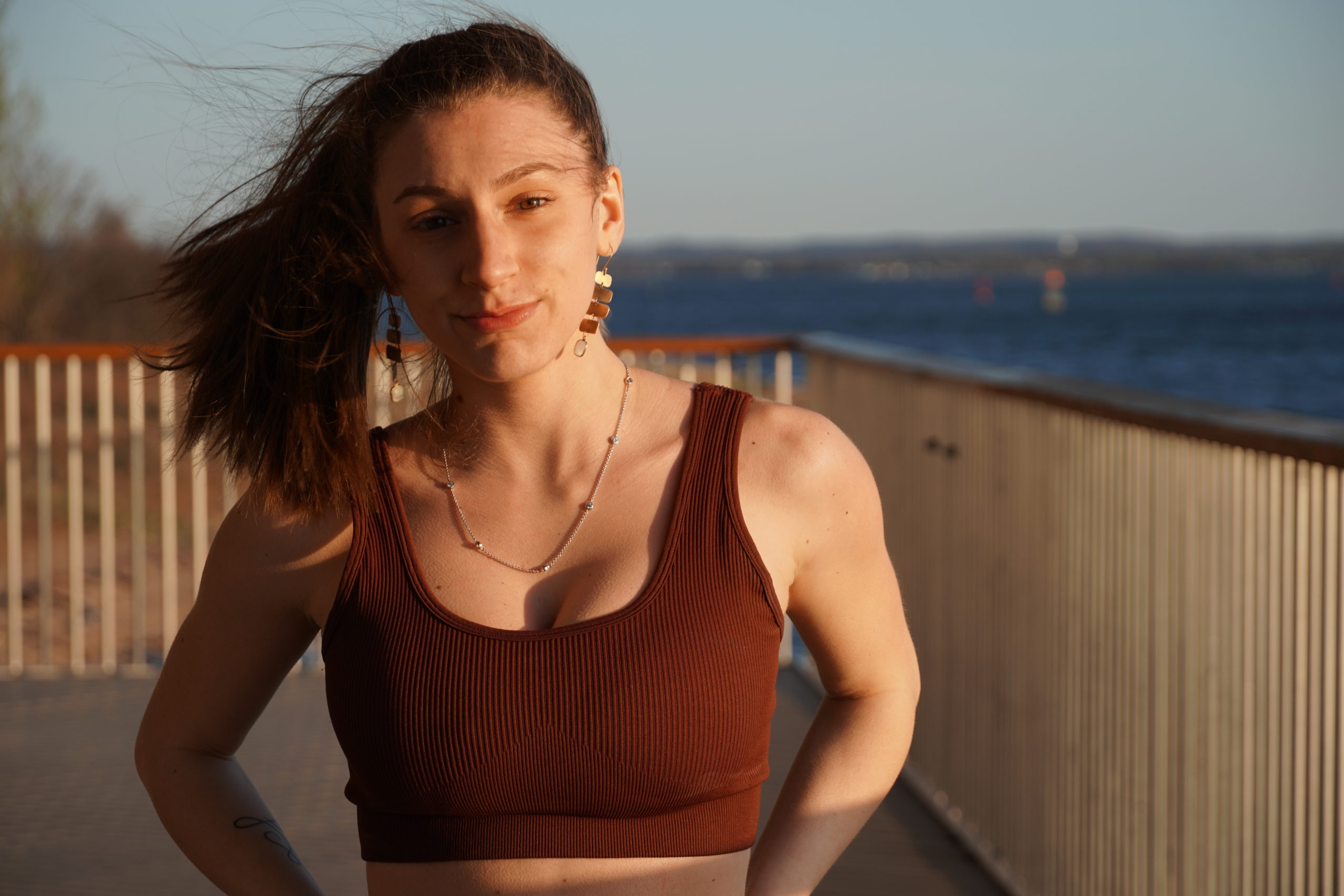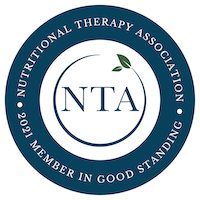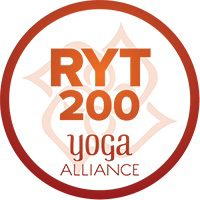Minimizing coffee consumption may seem like a daunting task that requires a lot of effort and habit changes to achieve. However, it can be done gently and gradually. In fact, it may even happen unintentionally, as it did for me who began to dislike the taste of coffee after being sick for about a week.
Prior to being sick, it was something I always thought about because I had a hunch that my coffee intake was making my PMS worse. But, I never made the change at that time. Then, one day my symptoms were extremely aggressive and I knew I needed to do something different. I don’t drink much alcohol, I eat a pretty nutrient-dense diet and stay hydrated, I exercise regularly, I sleep 8 hours almost every night, and I try to manage my stress. The only thing I could think of that would be causing me so much pain and discomfort was coffee. I swapped my morning cup of joe for herbal tea and *almost* never looked back. I’ve been without coffee for about a month now and I feel awesome.
Here’s some tips on how to minimize coffee consumption gently.
- Ask yourself if you actually like the taste of coffee or if the morning ritual is just habit to you at this point.
- ALWAYS drink coffee after breakfast. If you usually wake up and drink coffee right away, begin switching this habit. Wake up, hydrate, eat breakfast, then drink your coffee.
- Drinking coffee on an empty stomach can cause blood sugar irregularities throughout the day. We may feel an energy high and then a crash. Fatigue may set in , along with some stress reactions.
- Keep a log of your progress, feelings, and realizations.
- If you actually enjoy drinking coffee and have intentions of minimizing your intake, try decreasing each cup by a quarter every other day.
- If you have a 12oz cup of coffee usually, you would decrease this to 8oz.
- If you think the morning ritual has just become habit, try pushing the morning cup of fuel a few hours past what you normally would. If you don’t feel like you need it, don’t have it. If you do feel like you need it, follow the previous bullet point.
- Trade your afternoon cup of coffee for herbal tea and an outdoor walk, if possible. If an outdoor walk isn’t possible, walk around your space for at least 10 minutes. Get your body moving and energy flowing.
- A walk will increase your physical activity and improve your mental state. Usually, we’re looking for the afternoon cup of coffee to give us a boost. A walk in fresh air could be the boost we’re looking for.
- After about 2 weeks or so, try going every other day without coffee.
- Think about some substitutions that you may want to consider. If you think you’ll need caffeine every now and then, maybe you want to try matcha. If you feel like you can go without the caffeine, try teas that interest you, mushroom coffee, or elixirs.
- Every now and then, when I feel I need it most, I opt for a matcha latte mid-morning. Other than that, herbal teas and naturally creating energy with movement when I needed a boost has made a huge difference in how I function daily.
I was surprised that I did not suffer with many caffeine withdrawal symptoms. My realizations were mostly positive. I slept soundly, woke up with natural energy, and had less cravings throughout the day. If you think you may suffer with withdrawal symptoms, I would encourage an even slower and gradual change.
This process is not always easy and can look different for everyone. This a simple guideline that has been effective for myself and some of my clients. Make it unique and make it work for you!



